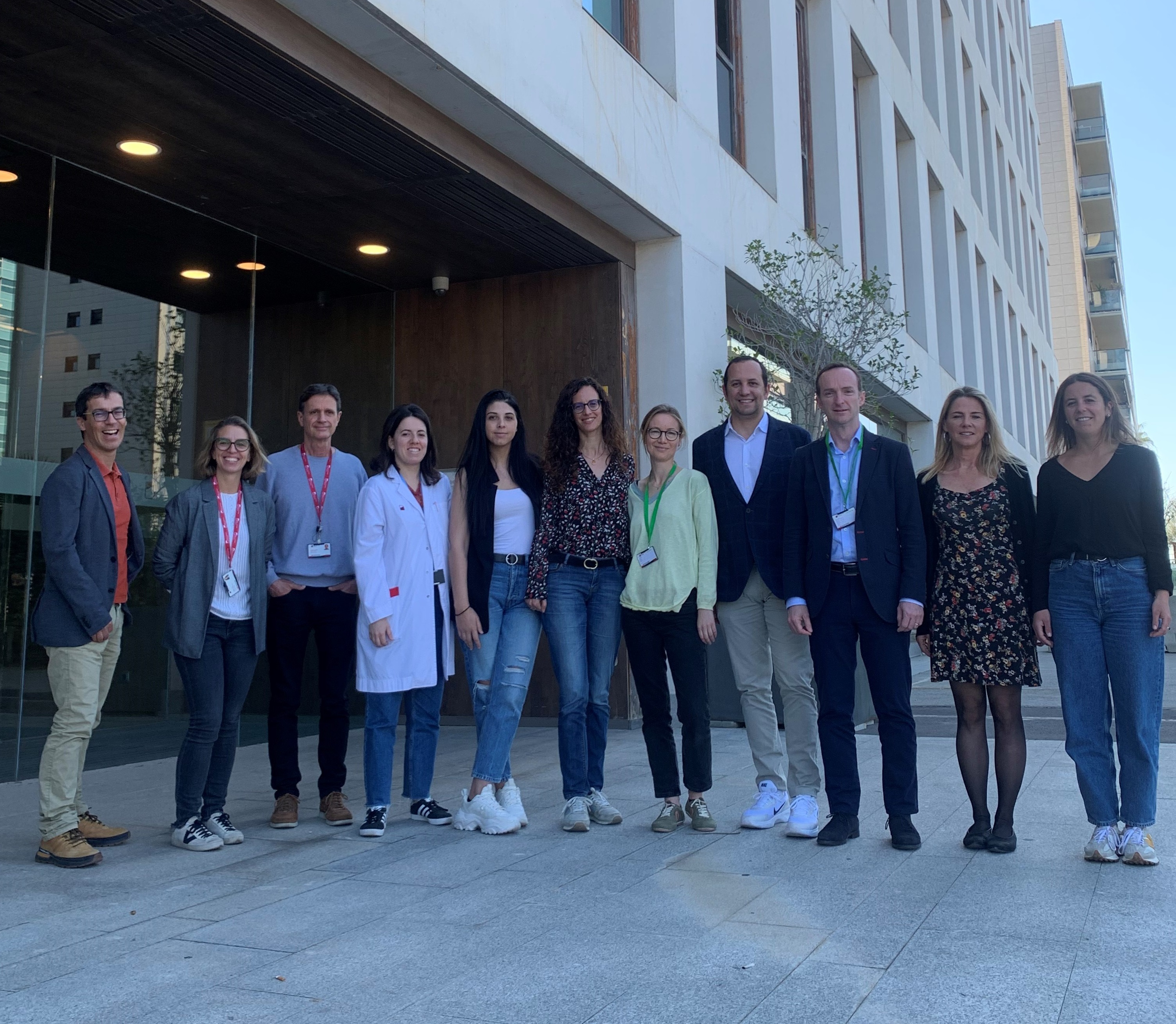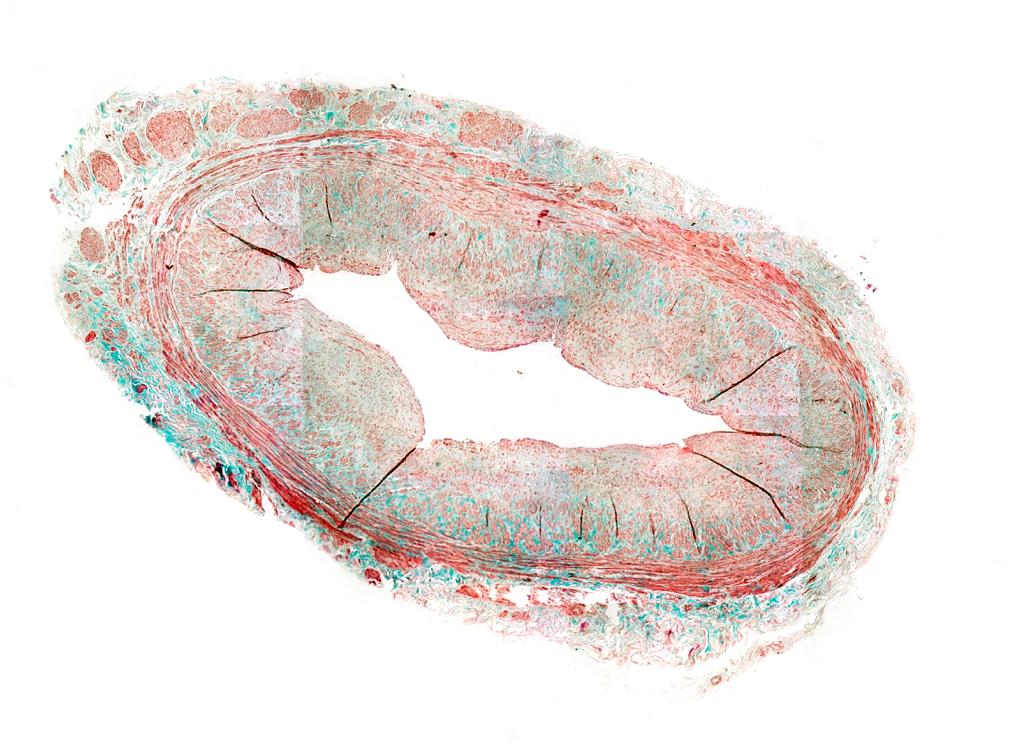IGTP, IQS (URL) and BST are working together to develop bypass surgery using donor veins

- Cardiovascular health is one of the main causes of death today and coronary artery blockages account for almost half of all the conditions.
- The research being conducted by the three research centres may provide an innovative therapeutic alternative and aims to obtain a biological bioimplant of human origin for coronary artery bypass grafts called VASCRAFT.
- This would avoid the complications of removing part of the saphenous vein from the patient's leg to perform the bypass.
- The experts involved are a multidisciplinary team with a long track record in tissue engineering, cell biology, biotechnology and cardiac surgery.
- The three-year research will reach the pre-clinical phase with animal testing.
One of the most commonly practised cardiovascular health interventions, the coronary bypass, could undergo a revolutionary innovation with the joint research carried out by the Blood and Tissue Bank (BST), the Germans Trias i Pujol Research Institute (IGTP) and the Vascular Engineering and Applied Biomedicine Group (GEAB) of the IQS (URL). The three centres are working to develop a vascular graft from donor veins that can be used for bypass surgery to restore blood flow.
Heart patients undergoing coronary artery bypass surgery could be spared the short- and long-term complications of removing part of a vein from the legs, the saphenous vein, which serves as a graft to replace the blocked area of the coronary artery and revascularise the heart. The other, less commonly used option, artificial grafts, often present problems such as clot formation, and are not a very effective long-term alternative.
VASCRAFT graft, a multidisciplinary consortium of experts
The three participating institutions are a multidisciplinary team of experts in areas such as cell biology, biotechnology, chemical engineering, tissue engineering, medicine and cardiac surgery, on this occasion united under the VASCRAFT consortium that gives its name to the VASCRAFT Graft.
The first phase of the process is led by the Blood and Tissue Bank with the decellularisation of a human vascular graft from the saphenous veins of a deceased donor. In other words, the removal of cells from the vascular structure of this tissue to avoid possible waste.
In parallel, IQS (URL) is leading the recellularisation of the graft to re-form endothelium from human mesenchymal cells, which are umbilical cord stem cells obtained from the BST. This is possible thanks to the experience of the GEVAB group at IQS (URL) in culturing vascular cells in different biological and synthetic tubular conduits with the use of perfusion bioreactors.

Finally, IGTP researchers from the ICREC Group (Heart Failure and Cardiac Regeneration group) will address the clinical application of the graft with the validation of its functioning in a preclinical porcine model. At this point, if the research validates it, the clinical trial in humans could begin in order to make its use effective in coronary surgery interventions.
Apart from the scientific impact and technological innovation that could result from the availability of vascular grafts for bypass grafts, it is also worth noting the economic improvement in the health care cost of re-interventions for coronary obstructions.
This research is expected to last three years and is supported by the Spanish Ministry of Science and Innovation with EU funding.
